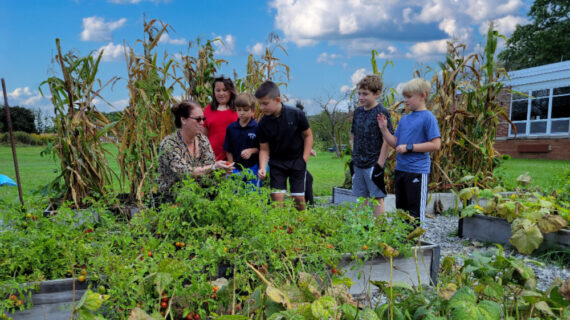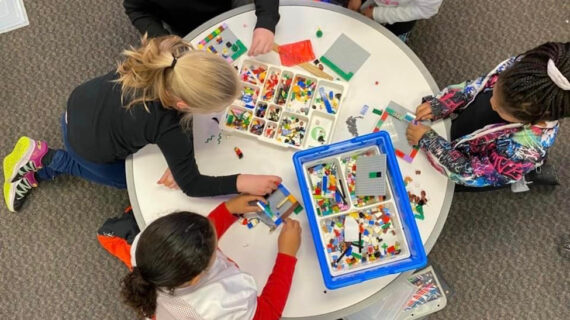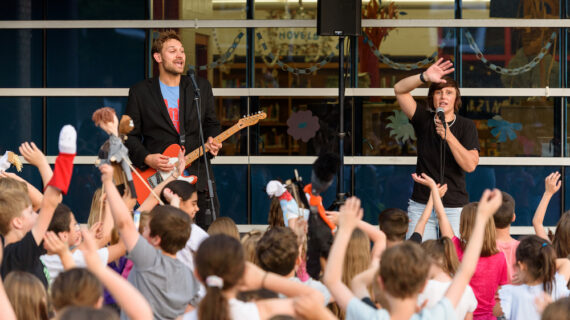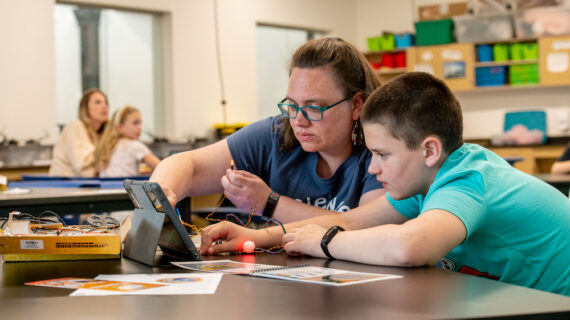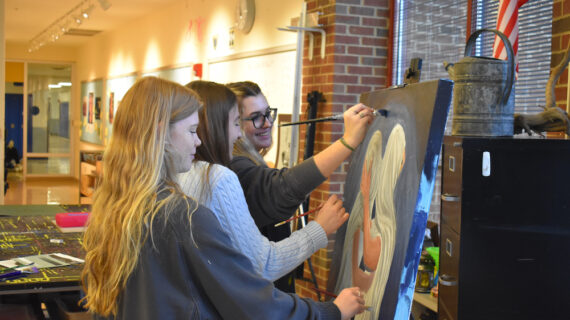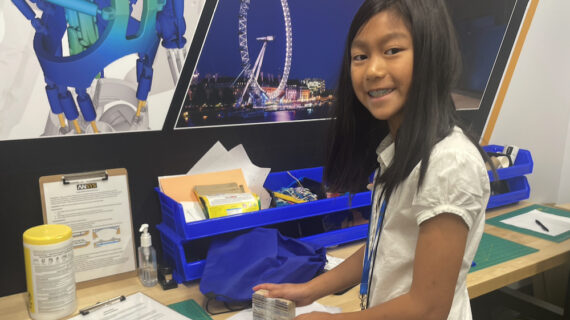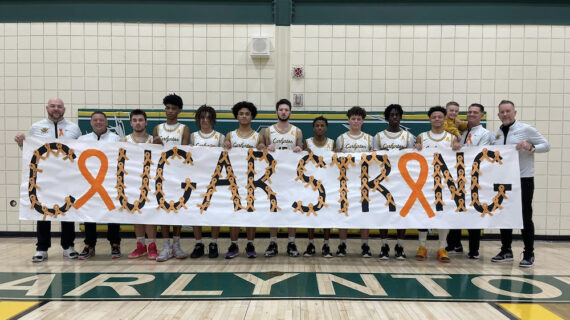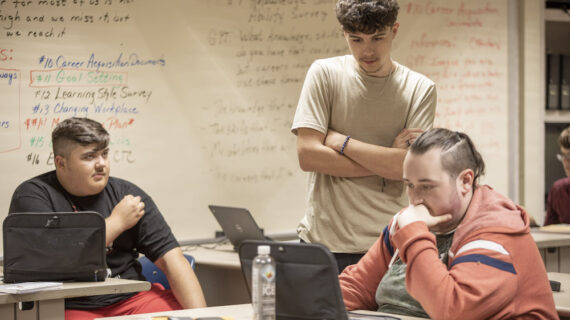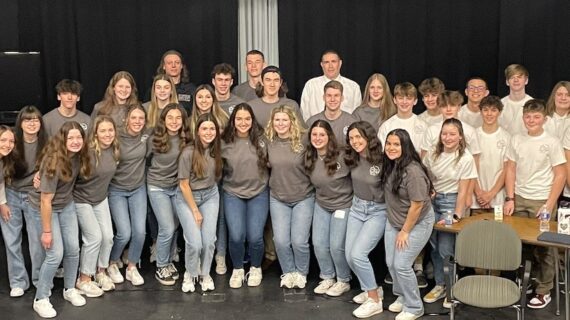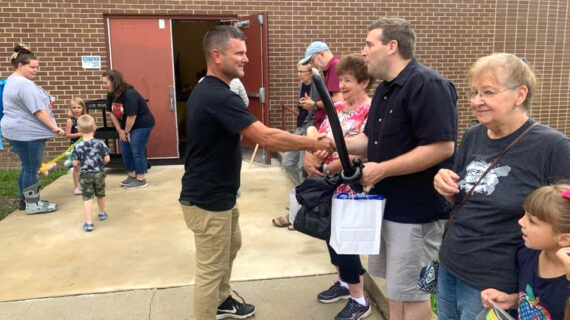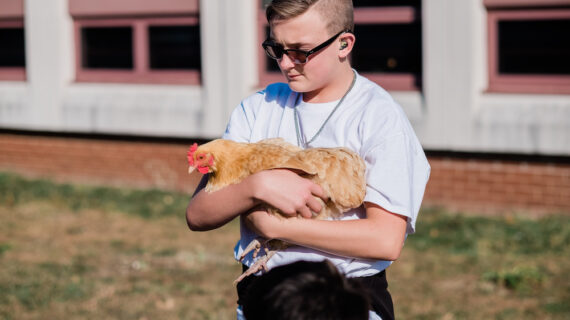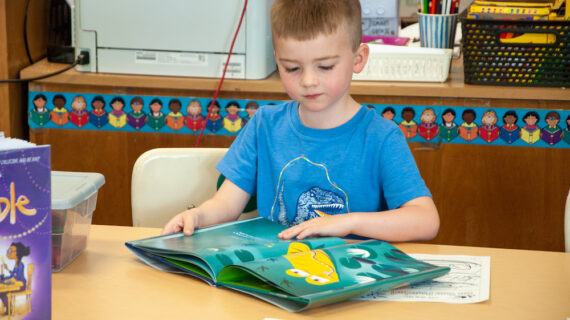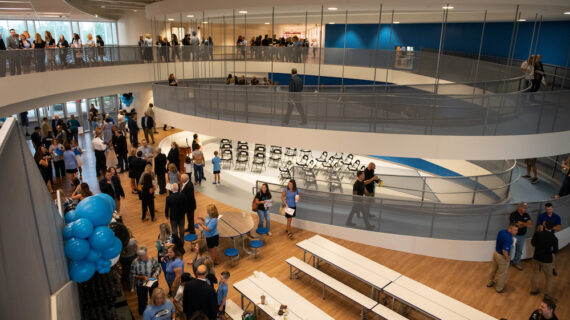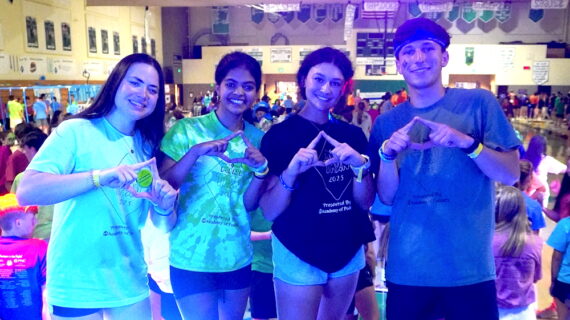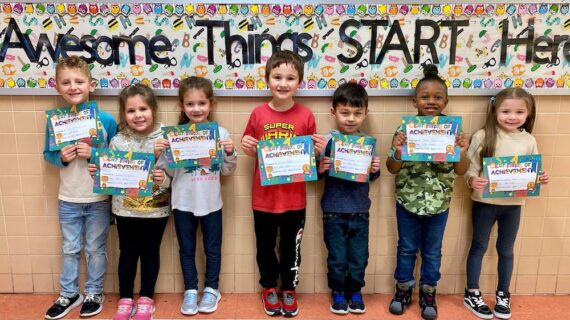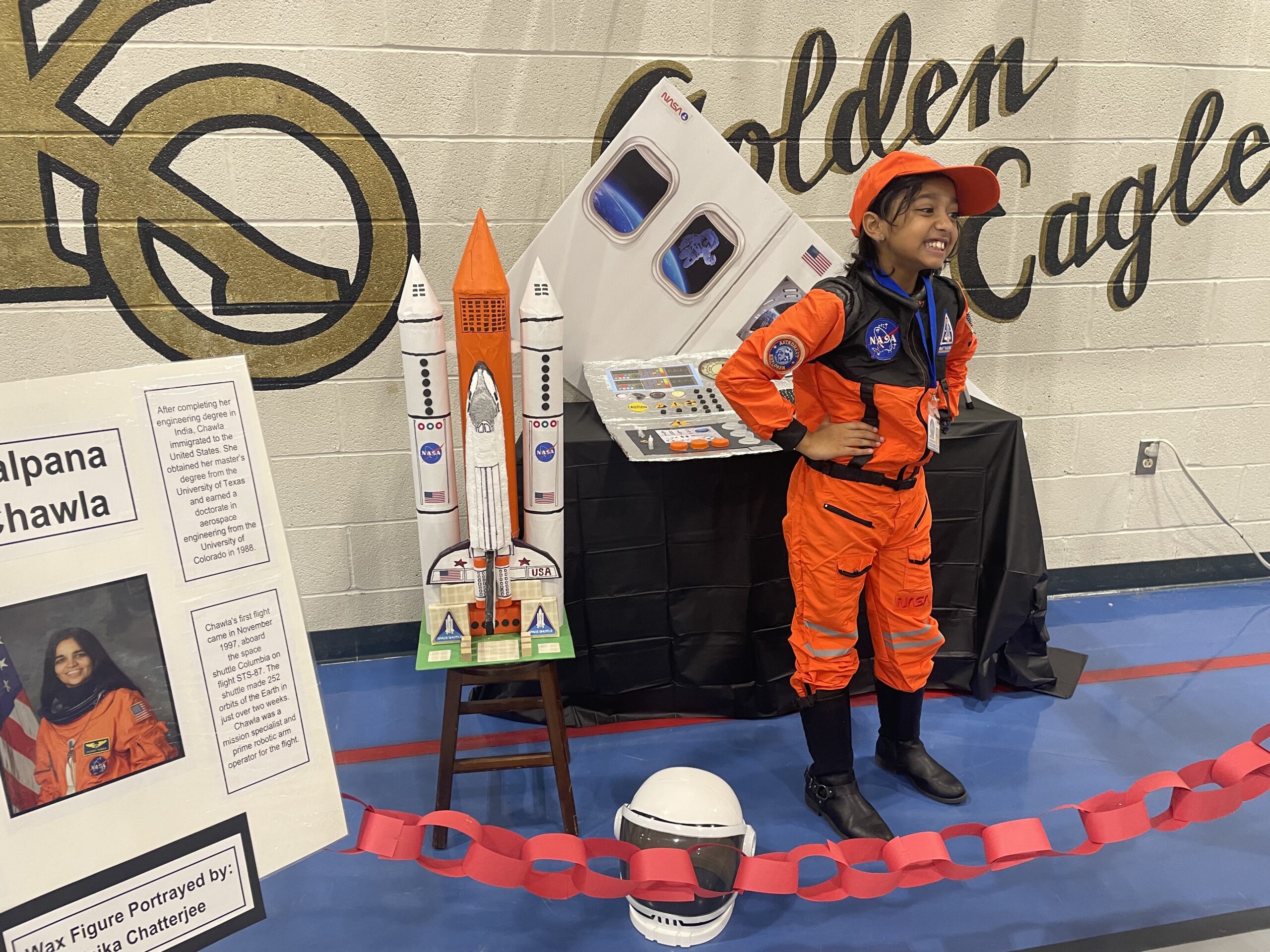
Outer space? Hockey? At Keystone Oaks, what matters most to students helps create an education that sticks
This story is one in a series created in collaboration with the AASA Learning 2025 Alliance to celebrate the work of groundbreaking school districts in the Pittsburgh region. Kidsburgh will share these stories throughout 2023.
How much do you remember about the physics lessons you learned in high school? How many facts from middle-school history class stayed with you long after your final exams?
Dr. William Stropkaj, superintendent Keystone Oaks, wants to make sure his district’s graduates leave school with vivid memories of their learning. That’s why Stropkaj, along with administration and staff, have launched a key part of their strategic plan: the Learner Profile.
The thinking behind the Learner Profile is this: If students can see how algebra or physics concepts relate to a sport they play or another topic that fascinates them, they’re much more likely to understand — and truly learn. The Profile helps students take ownership of their current and future learning. And it’s a tool that documents communication between students, teachers, and families.
“One of our top priorities is for us to tailor learning for every student’s strengths, needs, and interests while empowering student voice and choice in what, how, when, and where they learn,” Stropkaj says.
Learner Profiles are electronic portfolios that kids begin building in kindergarten. These portfolios, housed in the form of Google slideshows, are a place for kids to share and celebrate the learning they’ve done and the goals they’ve set. It helps them explore and take part in the learning that is preparing them for their future.
This is one practice among many that are helping Keystone Oaks become a future-driven school district from kindergarten through twelfth grade.
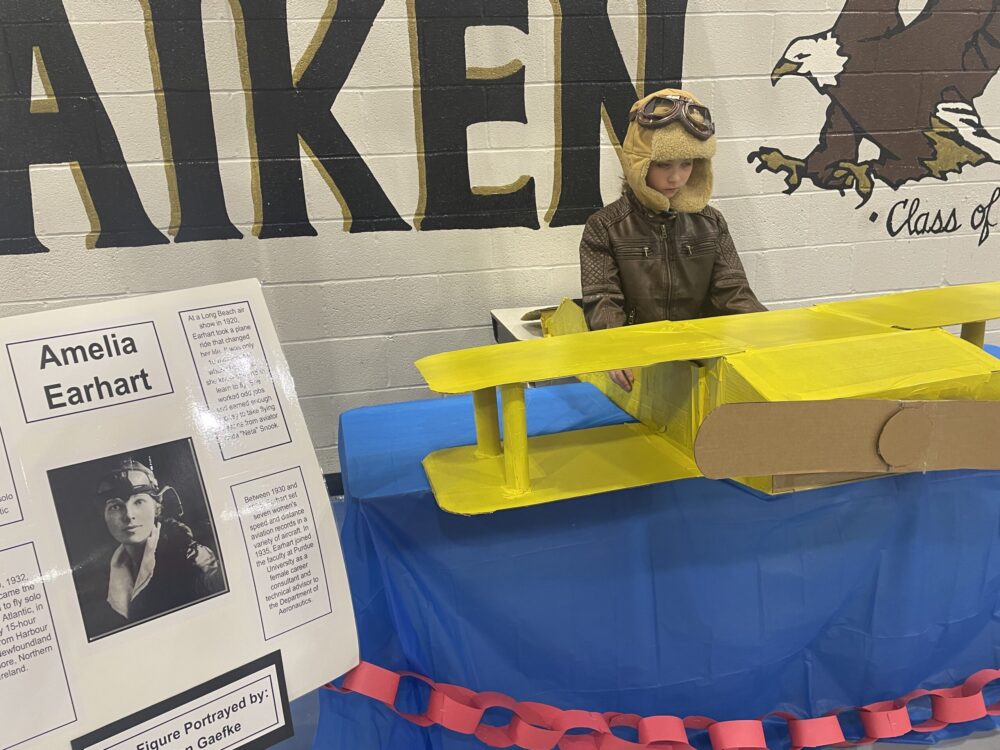
PERSONALIZED LEARNING FOR ALL
The Western Pennsylvania Learning 2025 Alliance is a regional cohort of school districts working together — and with peers across the country — to prepare their students to thrive once they launch into the adult world.
The group is led by AASA, the School Superintendents Association, and by local superintendents including Stropkaj. It’s a group that varies widely. Some districts are located in busy cities and suburbs, while others are in rural areas.
But collectively, the superintendents in this group often speak about the importance of asking hard questions in the service of giving 21st-century kids the best possible start in life. Among the questions Keystone Oaks has been tackling: Why should every student be given the exact same assignment and be expected to use the exact same method to learn something?
“If you’re a student that loves to write or draw, maybe your project for whatever the learning objectives are doesn’t always have to be an exam or a formal assessment,” says Sarah Welch, the district’s communications coordinator.
“If a student is interested in outer space or interested in hockey, maybe the teacher then can use this interest to allow the student to do a project on the physics of hockey or the math of hockey, or physics or math related to space exploration, as opposed to just taking a regular physics exam or regular math exam,” she says.
As students discover “how these concepts apply in the real world, and you can tailor it to what the student is passionate about,” Welch says, “then there’s higher engagement, more buy-in, and more practical application of the learning.”
Ideas for personalized learning may also come from an adult. School counselors, principals, and classroom teachers will be able to see the Learner Profiles. As they see work that a given student takes pride in, Welch says, “the goal is to help them develop lessons and projects that meet the students’ interests.”
Teachers at Keystone Oaks have been given professional development instruction on how to make the most of these portfolios.
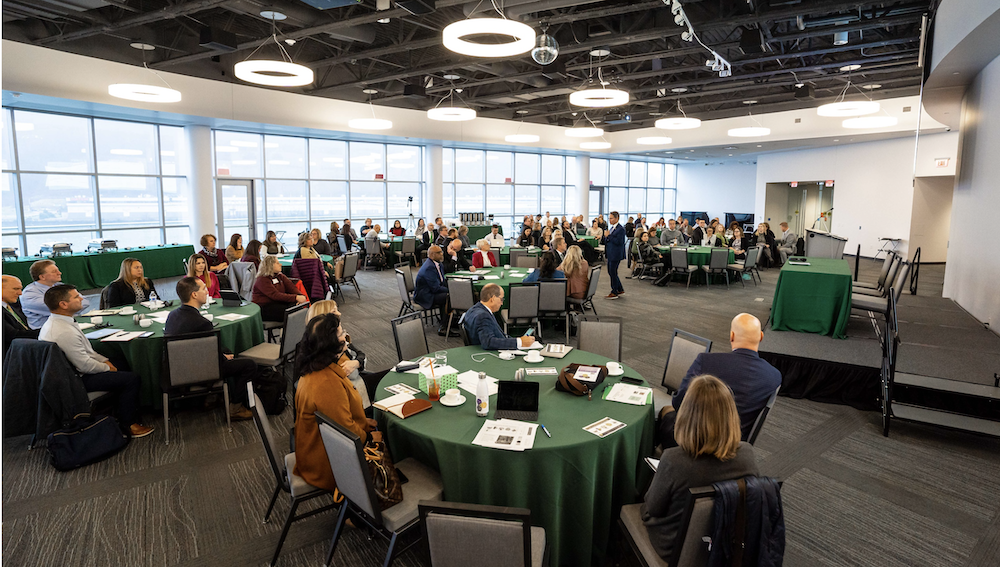
FINDING A PATH TO THE FUTURE
The Learner Profile was designed with equity in mind.
“We know that students have certain interests. We know that students have challenges. We know that they have talents and aspirations, [and] we know that some of our students like to express themselves through their culture,” Stropkaj says.
As they build their Learner Profile portfolios, they can fill it with work that is uniquely their own.
“There’s no one magical way to do a Learner Profile,” Stropkaj says. “It’s non-graded. It’s for the student’s benefit, and for the teachers to look to see, how are the students reflecting and thinking about their learning? What are they interested in?”
Beyond making space for students’ uniqueness, the Learner Profile can lead students to their own answers to two of the most important questions they’ll ever face: What kind of career do they want to pursue when they finish high school, and what path will they need to take to succeed at that career?
The Learner Profile is “a place where the student can go to reflect on their learning,” Stropkaj says, “but also to convey what their interests are, what they would like to learn, what they would hope to get from a particular course.”
Particularly with middle schoolers and high schoolers, he says, the Learner Profile can be useful as they begin thinking about “some of the careers and job opportunities they are looking toward as they begin to plan their exit from the Keystone Oaks School District” — and enter the world beyond.
Along the way, the Learner Profile will help teachers see students as individuals with unique needs and goals. At Keystone Oaks, that could eventually transform the instructional design of lessons in every classroom.
Want to download this story? Click here for a PDF.
